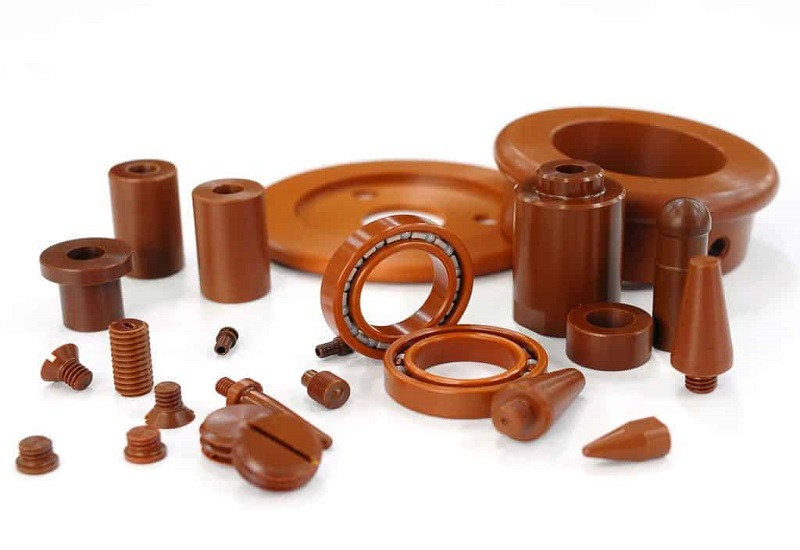
Name: Polyimide
Alias/Abbreviation: PI
Appearance: Light yellow powder
Bending Strength (20°C): ≥170 MPa
Density: 1.38–1.43 g/cm³
Impact Strength (Notched): ≥28 kJ/m²
Tensile Strength: ≥100 MPa
Vicat Softening Point: >270°C
Water Absorption (25°C, 24h):
Elongation: >120%
Characteristics: A polymer with imide repeating units
Main Categories: Aliphatic, semi-aromatic, and aromatic polyimides
Synthesized from aromatic diamines and aromatic dianhydrides or related compounds. Difficult to produce pore-free composites due to high boiling point solvents. Mostly used for films and coatings.
Developed to overcome drawbacks of condensation types. Includes:
Bismaleimide (BMI): Easy processing, low cost, but brittle.
Norbornene-Terminated Polyimide (PMR-Type): Developed by NASA, suitable for fiber impregnation.
Divided into:
Homo-aromatic PI
Soluble PI
Polyamide-imide (PAI)
Polyetherimide (PEI)
Thermal Decomposition Temperature: Starts around 500°C; some varieties reach 600°C.
High-Temperature Resistance: Usable above 400°C, continuous use from -200°C to 300°C.
Extreme Low-Temperature Resistance: Withstands temperatures as low as 4K (-269°C).
Mechanical Properties: Tensile strength >100 MPa; modulus up to 500 GPa in fibers.
Hydrolysis Resistance: Stable in dilute acid; weak in alkali but recyclable.
Acid and Solvent Resistance: Wide solubility range; resistant to many organic solvents.
Thermal Expansion Coefficient: As low as 10⁻⁷ °C⁻¹, comparable to metals.
Radiation Resistance: Maintains strength after high-dose radiation.
Dielectric Properties: Dielectric constant ~3.4; dielectric strength 100–300 kV/mm.
Flame Retardancy: Self-extinguishing, low smoke, high char residue (>50%).
Biological Safety: Non-toxic, sterilizable, good biocompatibility.
Low-Temperature Polycondensation: Produces polyamic acid, then heated to ~300°C for imidization.
Chemical Dehydration Cyclization: Using acetic anhydride and tertiary amines.
One-Step Method: High boiling solvents like phenols.
Others: Via esters, intermediates, and special functional group introduction for tailored properties.
Uses: Spacecraft structures, thermal protection, cable insulation.
Highlight: Used for China's Chang'e-4 moon mission national flag.
Uses: ICs, chip packaging, flexible circuits, photoresists.
Uses: Wire insulation, motor slot insulation, transformer wrapping.
Uses: Fuel cells, solar panels, lithium-ion battery separators.
Uses: Bulletproof vests, fire-resistant clothing, high-temperature filtration.
Note: Only Germany's Evonik and China's Changchun Gaoqi have industrialized production.
Uses: Separation membranes, coatings, adhesives, engineering plastics.
Global & Domestic Competition: Rapid market expansion, especially in China.
Trends:
Tech innovation & new properties
Market scaling
High-end applications & localization
Expanding sectors like 5G, OLED, aviation
New materials like fluorinated and photosensitive PI